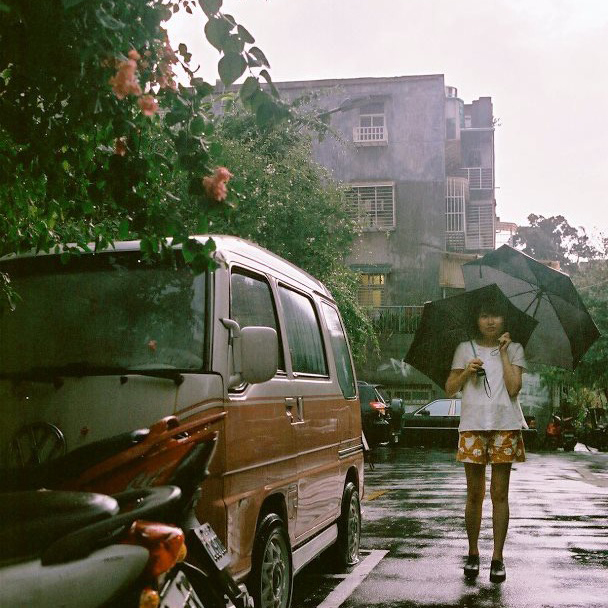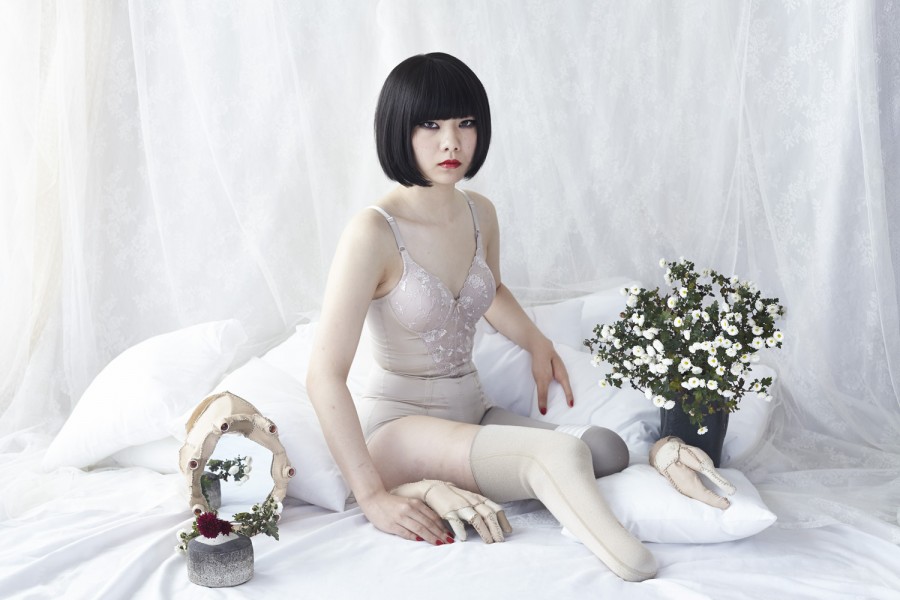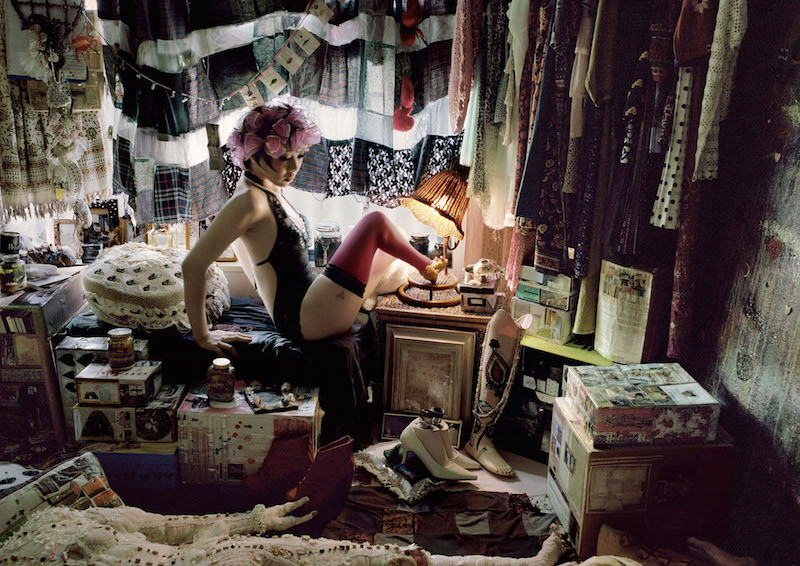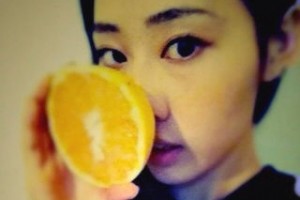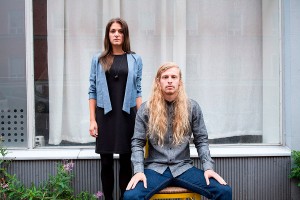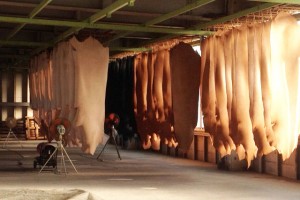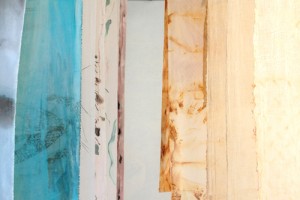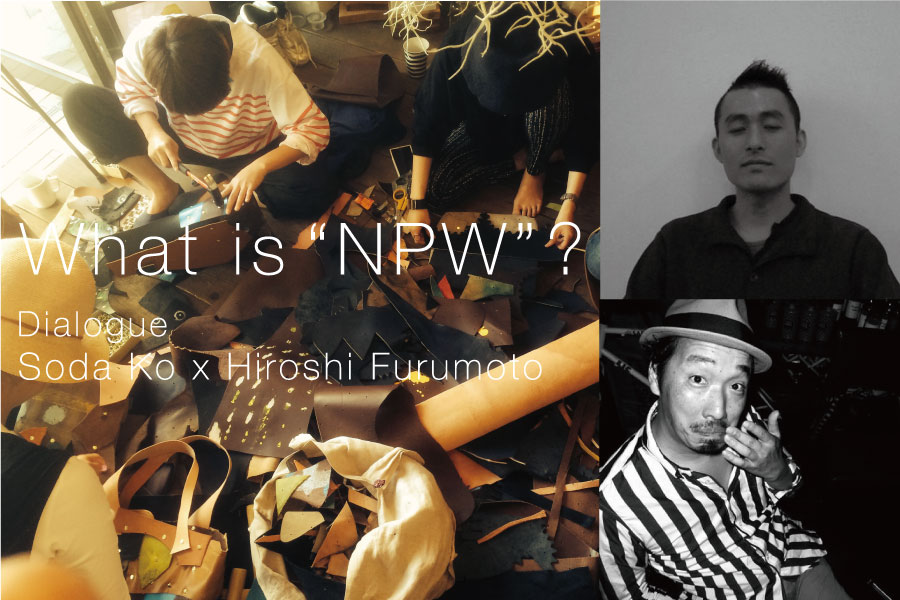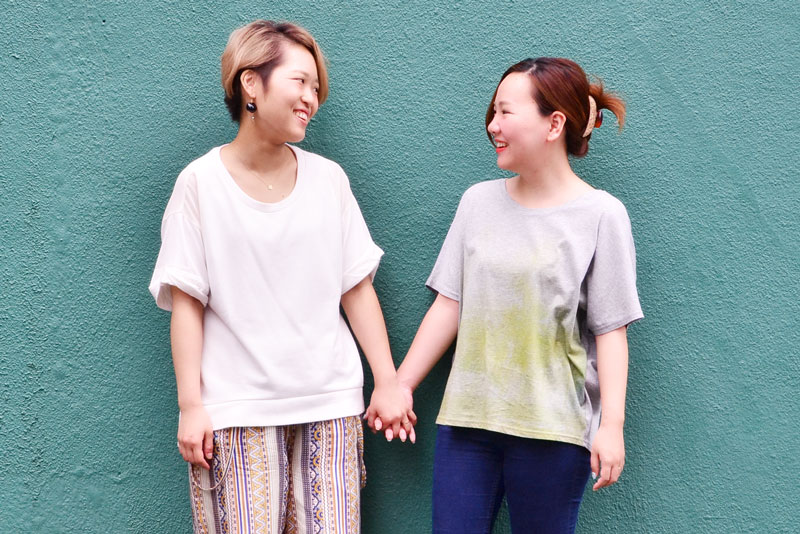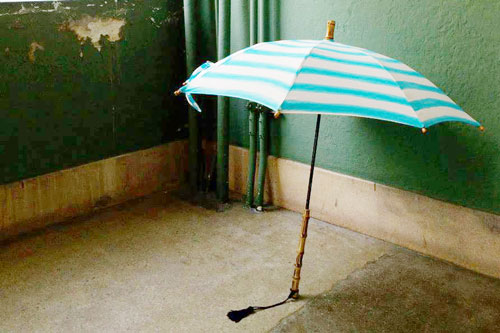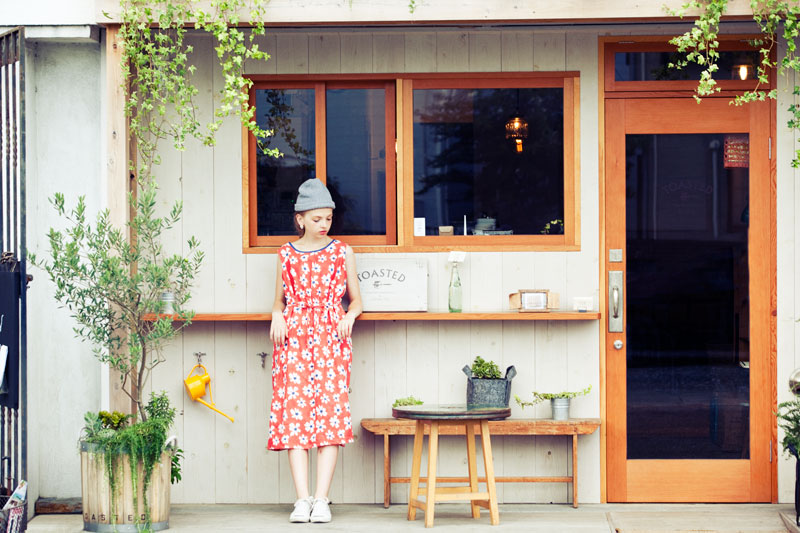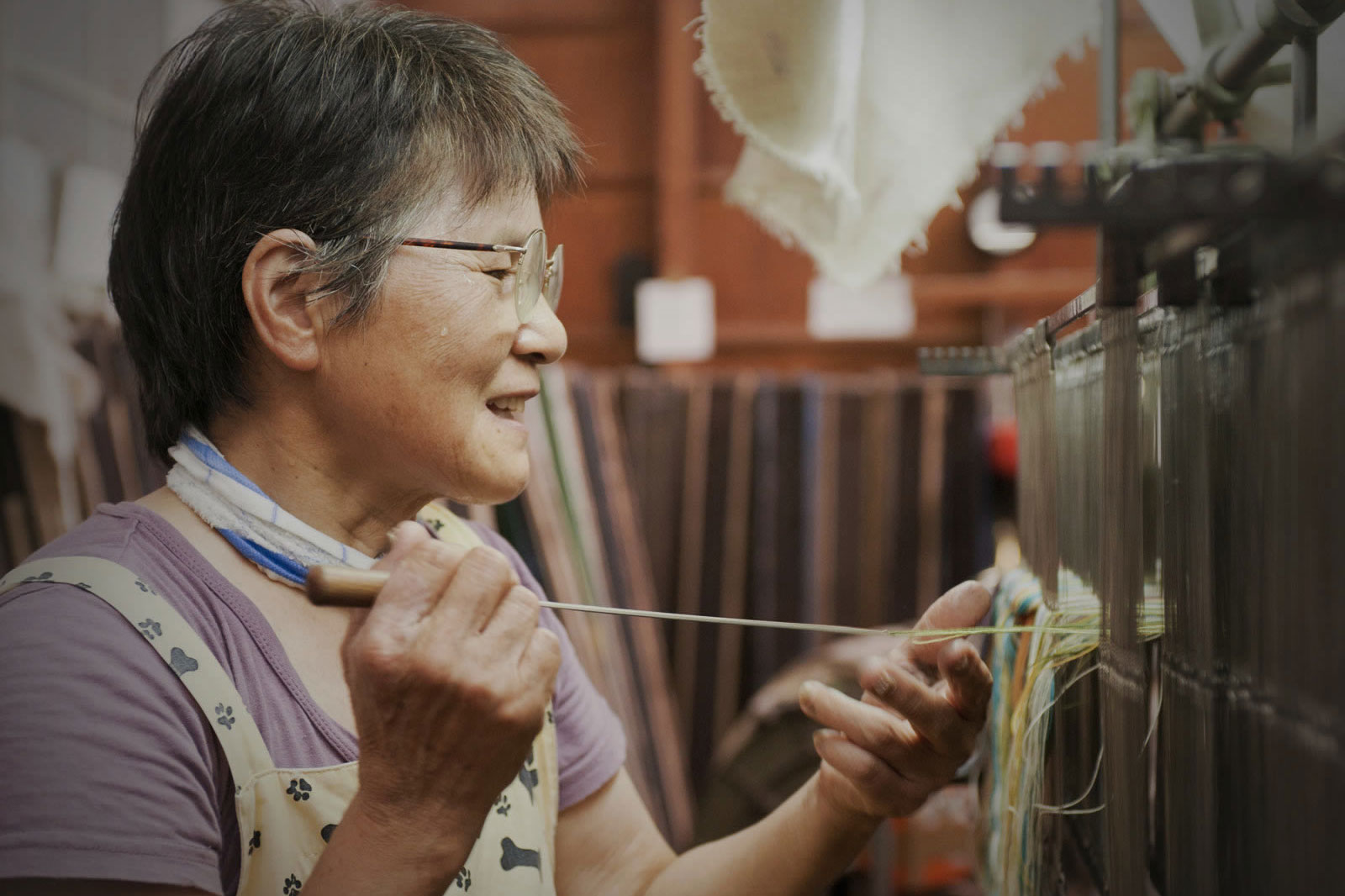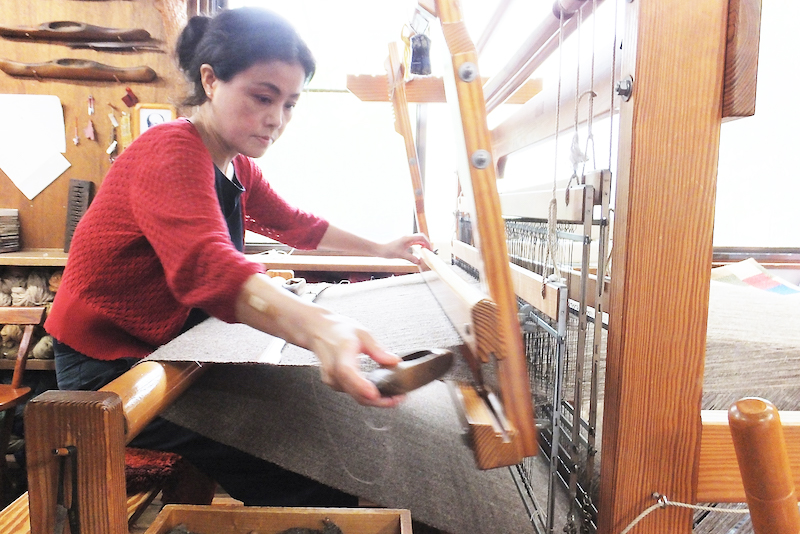Parasols gently protect women in times of strong sunlight. Some of you might be struggling to find a good parasol, though you want one.
This chic parasol brand, tutaee no higasa, was born from the brand tutaee, which originated as a brand of men’s and womenswear. As one of its product lines, tutaee no higasa offers staid designs and chic images that even allow men to enjoy parasols.
The patterns are dyed with a pouring dye technique called “chusen”. It flourished in Hamamatsu, Shizuoka prefecture, in the early 20th century. Artisans dye the cloth by pouring colors from kettles; by doing this, both sides of the cloth come out exactly the same.
Thanks to this technique, users can enjoy the patterns from both in and outside the parasol.
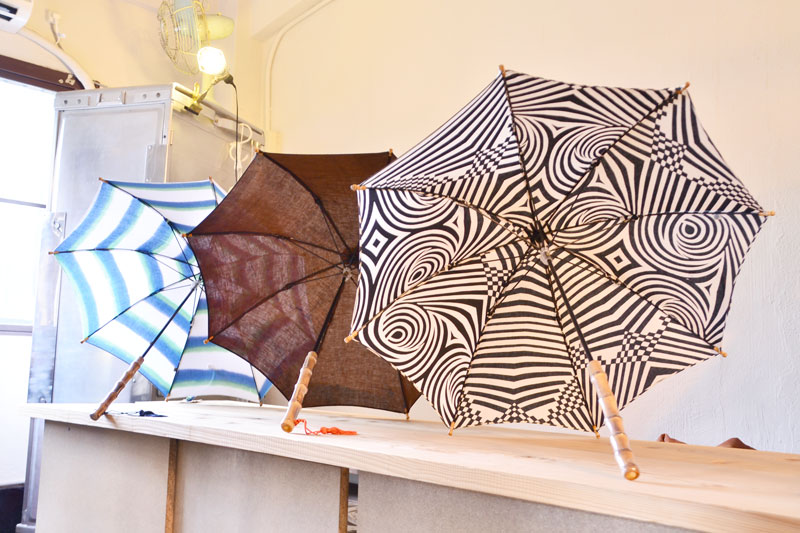
Each pattern is slightly different from the others, which gives the piece a warm atmosphere unique to handcrafts.
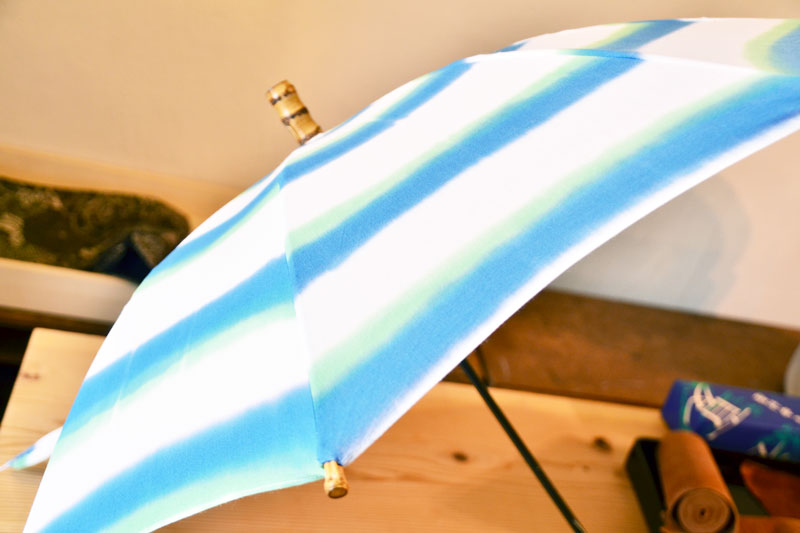
The technique was originally used for yukata, summer kimonos. These distinctive Japanese textiles are now being made into one-of-a-kind parasols by parasol artisans in Tokyo. This is a crystal of their technology, but the prices are reasonable, from 13,000 yen (VAT excluded).
The straight handles, which are made of bamboo, were inspired by gentlemen’s walking sticks from the early 1900s.
A wrist strap is attached to the end of the handle, and many customers say that, they don’t have to worry about losing their parasol for the straps.
The 43-cm length is a little smaller than most parasols, which are around 47 cm, but it is just the right size when you open it, not too big, and not too small.
Local communities make the parasols
Since designer Chieko Gohda introduced the tutaee brand in 2002, she has launched several collections from her atelier in Daikanyama that showcase Japan’s exquisite techniques. She has worked with the Hamamatsu-based chusen artisans since she launched the brand.
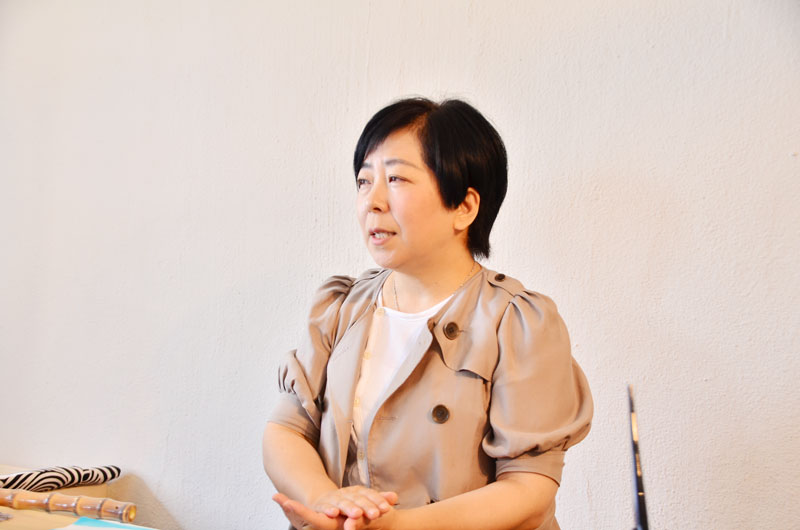
In 2012, she came upon the premises for her current atelier and building, which is full of retro atmosphere. She fell in love with them at first sight and moved to Tokyo’s Taito ward immediately.
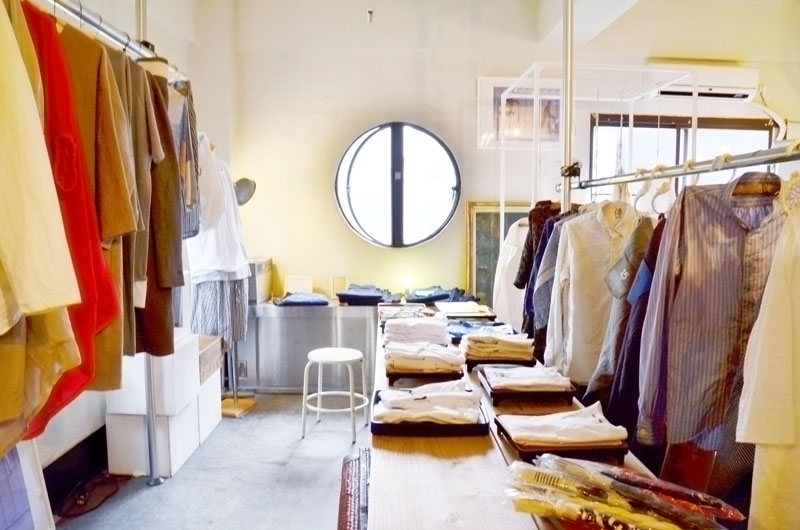
Taito ward is known as “Shitamachi” area, where atmosphere of good old Tokyo—the traditional Japanese townscape and the friendliness and hospitality of the residents living there –in the heart of the metropolis.
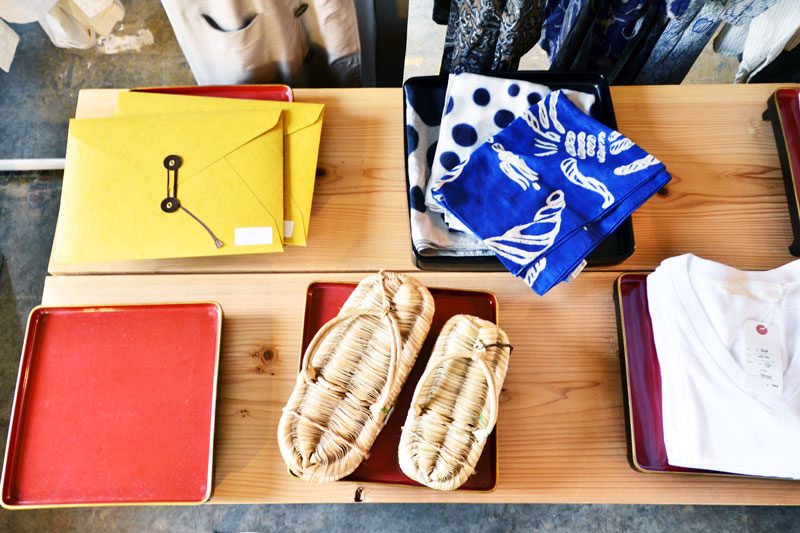
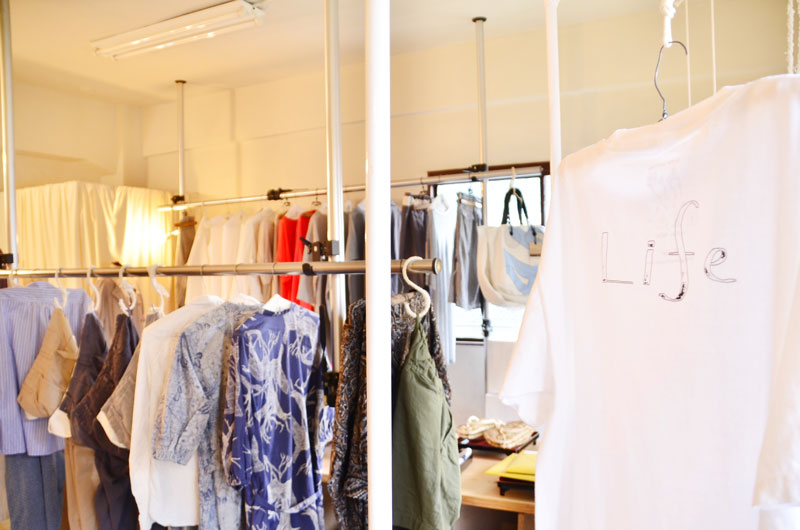
tutaee no higasa is a brand born in thanks to this place, she says.
What surprised me after I moved here was that so many neighbors invited me to have meals or to create something together, just because I live nearby. I used to have interactions with my neighbor designers when I was living in Daikanyama, but the speed was completely different. I think this area is very warm, with a strong bond between neighbors.
tutaee no higasa emerged from comments such as, “I’d like to make these kind of products.” Such conversations brought people together, and then Gohda was able to meet singularly unique artisans whose numbers have decreased to fewer than ten remaining in the Taito ward.
The Taito ward has been a creative area for a long time. Even now, there are many artists in the area making a wide variety of products such as buttons, architecture, and books. The ward actively supports them by holding events to showcase their work. Through these activities, Gohda came to appreciate their culture of linking people, in the sense of “Here is the person who makes this product” and “Let me introduce you to that person, if you want to make such products.”
You cannot make good products alone – such thoughts might underlie the ward’s culture.
Creating products includes divisional cooperation. Our brand, tutaee, creates things in that relationship. However, in these 13 years, I have seen many artisans who couldn’t continue their jobs because of low profits or a lack of successors. At times, I have had to give up making some products.
We are in an era flooded with clutter, which makes it difficult for us to find the things we really want. Gohda now thinks that creating interesting products that people want is necessary for supporting traditional techniques.
I love the products after all. I don’t like throwing things away. We buy things because we like them. I think you don’t have to buy them if you plan to throw them away. I’d like to create things that make you want to repair them, so you can keep wearing them.
(Translation by Akiko Ishige)

